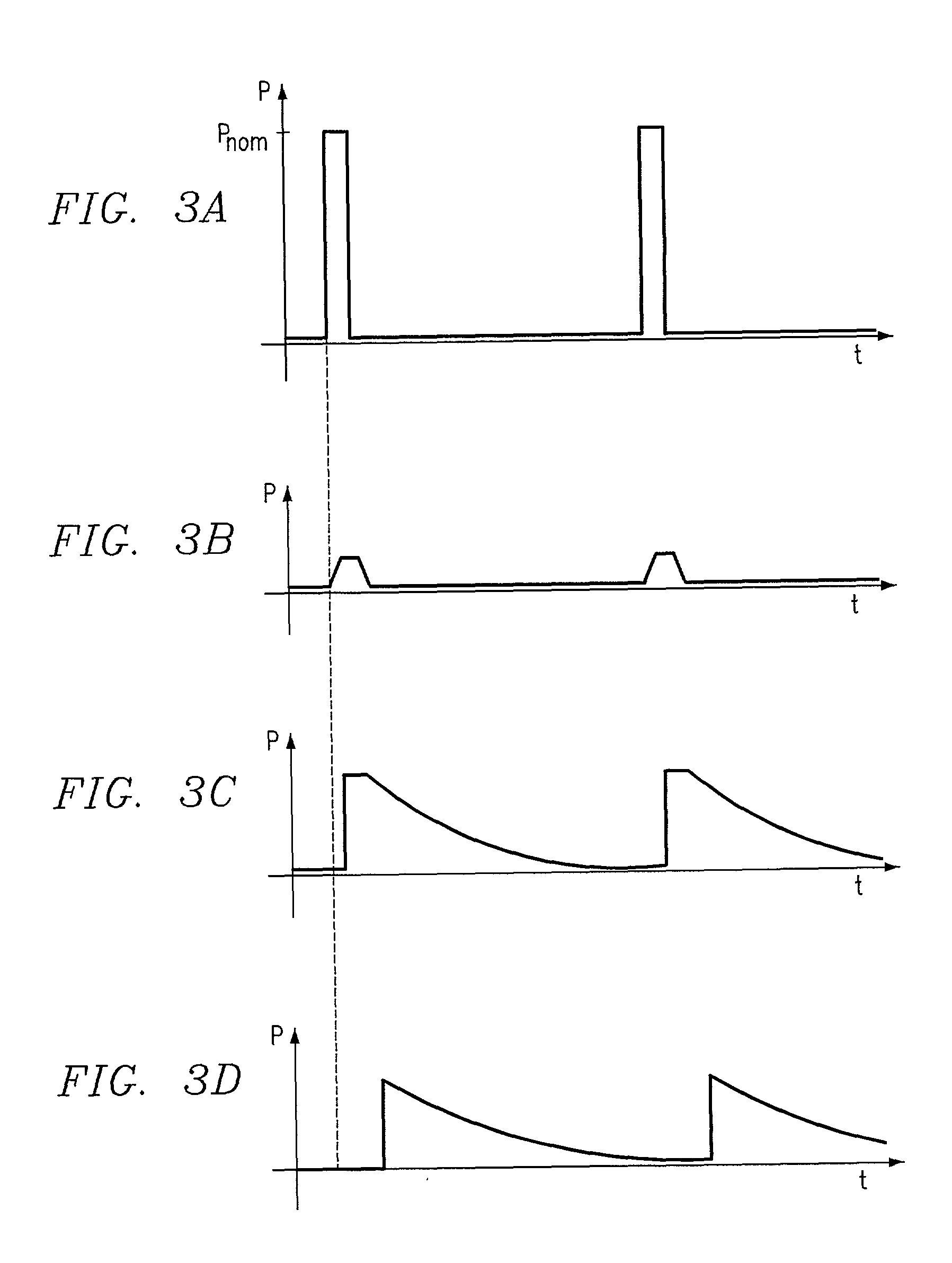Optical amplifier and a method of preventing emission therefrom of optical power exceeding a prescribed safety limit
a technology of optical amplifier and safety limit, which is applied in the direction of fiber transmission, laser details, electrical equipment, etc., can solve the problems of difficult to satisfy, and harmful to the human eye, and reducing the gain of the active fiber
- Summary
- Abstract
- Description
- Claims
- Application Information
AI Technical Summary
Benefits of technology
Problems solved by technology
Method used
Image
Examples
Embodiment Construction
[0035] FIG. 1 shows an example of an optical remote-pumped amplifier of the invention. The example involves an optical preamplifier consisting of an erbium-doped fiber 1 and a receiver and pump unit 2 connected to the erbium-doped fiber by a transmission and pump fiber 3, which may typically have a length of 10-50 km.
[0036] In the receiver and pump unit 2, the light arriving from the fiber 3 passes via a wavelength multiplexer 4 to a receiver or amplifier circuit 5, in which the transmission or information signals contained in the light may be received and optionally be passed on for further processing. A pump laser 6 generates optical pump power which is transmitted via the wavelength multiplexer 4 out on the fiber 3 in a direction toward the erbium-doped fiber 1. Typically, the light with the information signals may have a wavelength of 1550 nm, while oppositely directed pump light may have a wavelength of 1480 nm, thereby enabling the wavelength multiplexer 4 to transmit the info...
PUM
 Login to View More
Login to View More Abstract
Description
Claims
Application Information
 Login to View More
Login to View More - R&D
- Intellectual Property
- Life Sciences
- Materials
- Tech Scout
- Unparalleled Data Quality
- Higher Quality Content
- 60% Fewer Hallucinations
Browse by: Latest US Patents, China's latest patents, Technical Efficacy Thesaurus, Application Domain, Technology Topic, Popular Technical Reports.
© 2025 PatSnap. All rights reserved.Legal|Privacy policy|Modern Slavery Act Transparency Statement|Sitemap|About US| Contact US: help@patsnap.com


